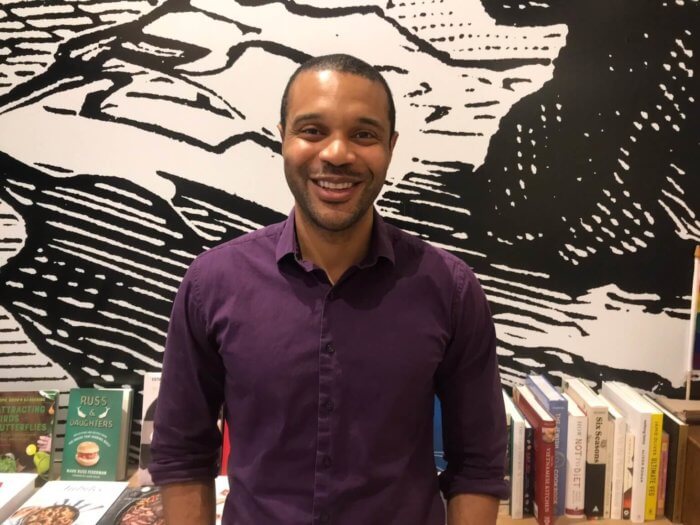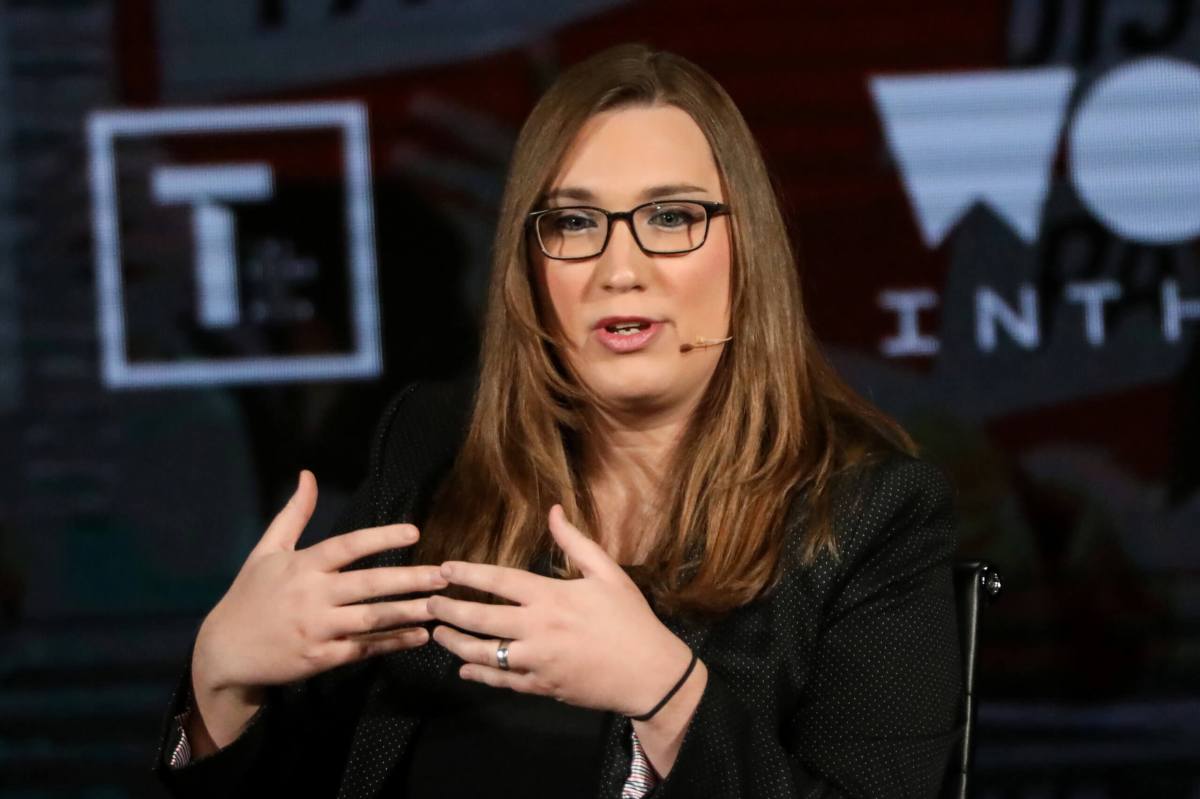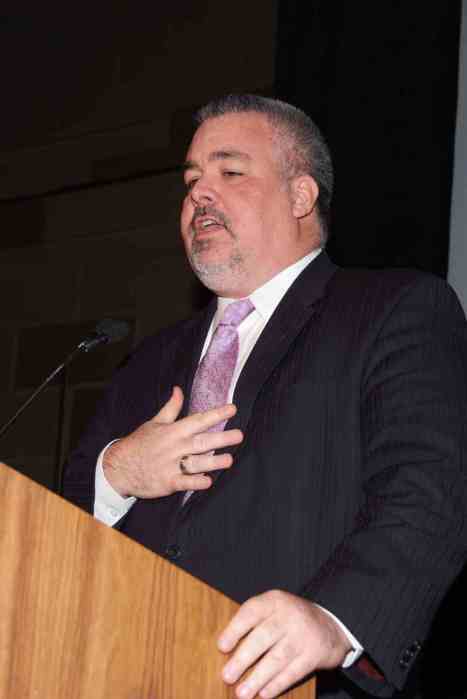The nation has witnessed a record number of queer candidates vying for public office this year and key increases were especially evident among non-binary individuals and people of color, according to a new breakdown of LGBTQ political hopefuls in 2020.
The Victory Fund, which helps elect LGBTQ candidates at all levels of government nationwide, unveiled its “Out on the Trail” demographic report and tallied at least 1,006 queer candidates this year — a 41 percent boost from the 2018 midterms.
“A historic number of openly LGBTQ people are running for office this year and we have the opportunity to elect an unprecedented number on Election Day,” Annise Parker, president and CEO of LGBTQ Victory Fund and herself a former three-term mayor of Houston, said in a written statement. “While LGBTQ candidates are significantly more diverse than US candidates overall, we must continue to break down the barriers LGBTQ people of color, women, and trans people face when considering a run for office. Our government must reflect the diversity of America.”
Large boost in non-binary contenders; California, Texas, Florida yield the most queer candidates
It is important to note that the Victory Fund tally includes all LGBTQ candidates who entered primary races this year. Of the 1,006 contenders, 574 survived primaries earlier this year and will appear on the November 3 ballot. That tally of general election contenders represents a 33 percent increase since the 2018 election cycle.
The large rainbow wave has translated into historic gains already. Congress will soon have its first out LGBTQ Black lawmaker, and probably two — with the inevitable November victory of the Bronx’s Ritchie Torres, who is Afro-Latinx, and the likely victory of Mondaire Jones in the Hudson Valley. Jabari Brisport, meanwhile, will soon be the first out LGBTQ Black person to serve in the State Senate after he won his Democratic primary race in Brooklyn.
Trans candidates have also made history, including Melissa Sklarz and Emilia Decaudin of Queens, who became New York’s first out trans district leaders. Elsewhere, Human Rights Campaign spokesperson Sarah McBride won her Democratic primary competition for the State Senate in Delaware in a very blue district, putting her on the cusp of becoming the highest-ranking trans elected official in the nation.

The Victory Fund’s comprehensive report on the full range of 1,006 LGBTQ contenders revealed a range of takeaways across gender, race, and even geography. There were twice as many gay men running for office as lesbians. At least 401 gay men sought public office this year, a 21 percent increase from the 332 candidates in 2018. In comparison, 204 lesbians mounted campaigns, following a tally of 192 two years ago.
Among all queer candidates, 31 percent are people of color — a 21 percent uptick from 2018. The share of candidates of color include 95 who were Black, 92 who were Latinx or Hispanic, 30 who were multiracial, 23 who were Asian/ Pacific Islander, and 10 who were Native American. There were an additional 226 individuals whose race or ethnicity was not identified in the Task Force report.
Among candidates of color, there was also a stark gender gap. There were 148 men of color running — nearly twice as many as the 80 queer women of color competing for seats.
The breakdown of transgender and non-binary candidates has shifted since the 2018 cycle. There were 14 fewer transgender candidates this year, but that dip coincides with a sharp increase in genderqueer or non-binary candidates — 17 in this cycle compared to just four in 2018. It is not clear to what extent the shift reflected changes in the way in which individual candidates may have self-identified themselves to voters.
Contrary to the male-dominated political landscape among cisgender candidates, far more transgender women mounted runs for public office than transgender men. Thirty-one trans women were running this year as oppoesd to just three trans men.
The number of bisexual candidates skyrocketed this year, as well, in the aftermath of the resignation of out bisexual California Congressmember Katie Hill last year in the wake of her ex-husband’s public release of sexually explicit photos of her. There have been 78 out bisexual people running this year, a 100 percent increase from the 39 bi candidates in 2018.
The report cited significant variation in the number of LGBTQ candidates based on geographical location. California, unsurprisingly, led the nation in total LGBTQ candidates, followed by Florida and Texas. The Victory Found counted 28 queer candidates running for office in New York State, including nine individuals who have sought seats in the State Legislature.
Alabama is the only state without any known LGBTQ candidates this year, but other states are also lagging behind, such as Louisiana, which has seen just three LGBTQ candidates this year, and Hawaii, which reported just two.
The Victory Fund tallied one intersex candidate in 2020 and a pair of two-spirit candidates.
To sign up for the Gay City News email newsletter, visit gaycitynews.com/newsletter.


































